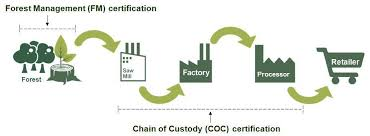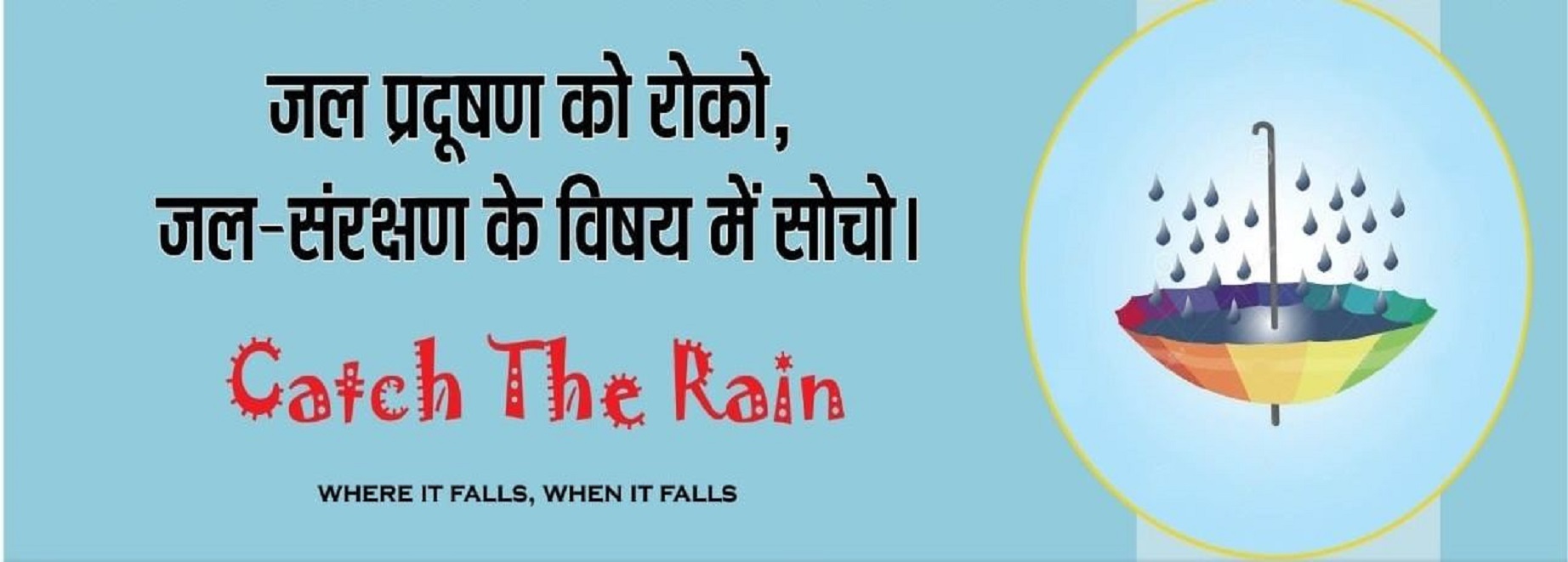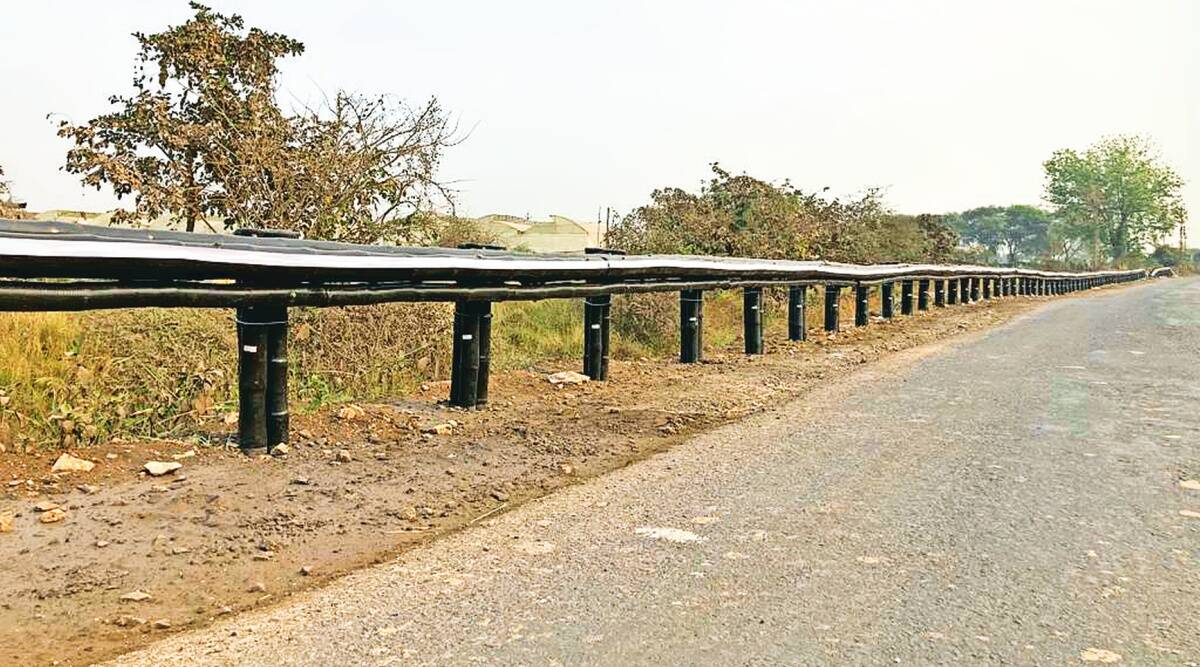Goaltide Daily Current Afffairs 2023
Mar 06, 2023
Current Affair 1:
FOREST CERTIFICATION
- Deforestation has become a critically sensitive issue globally in recent years, and there is a greater need for the certification of forests.
- At the Glasgow climate meeting in 2021, more than 100 countries made a pledge to stop, and start reversing, deforestation by 2030.
What is Forest Certification?
- Forest Certification offers a multi-layer audit system that seeks to authenticate the origin, legality, and sustainability of forest-based products such as timber, furniture, handicraft, paper and pulp, rubber, and many more.
- The certification is done to avoid consumption of any product that might be the result of deforestation or illegal logging.
- Two Types of Certifications:
Forest management (FM) and Chain of Custody (CoC).
CoC certification is meant to guarantee the traceability of a forest product like timb throughout the supply chain from origin to market.

Forest Certification Industry
- It is a three-decade-old global certification industry that began through independent third-party audits to review that management in a sustainable manner.
- There are two major international standards: one has been developed by Forest Stewardship Council, or FSC; the other by Programme for Endorsement of Forest Certifications, or PEFC. FSC certification is more popular and in demand, and also more expensive.
- They are not involved in the evaluation and auditing of the processes it is done by certification bodies authorised by FSC or PEFC.
- PEFC does not insist on the use of its own standards; instead, it endorses the ‘national’ standards of any country if they are aligned with its own.
- Two main types of certification are: forest management (FM) and Chain of Custody (CoC). CoC certification is meant to guarantee the traceability of a forest product like timber throughout the supply chain from origin to market.
Forest Certification in India:
-
- The forest certification industry has been operating in India for the last 15 years.
- Currently, forests in only Uttar Pradesh are certified.
- Forty-one divisions of the UP-Forest Corporation (UPFC) are PEFC-certified, meaning they are being managed according to standards endorsed by PEFC.
- Some other states too obtained certifications, but subsequently dropped out.
- Forest certification in India is still at an early stage and therefore the nation has not been able to make use of the benefits of forest certification.
Significance of the Certification
- Forest-based industries in India, particularly those for paper, boards, plywood, medium density fibreboard, furniture and handicrafts etc, have been pushing for forest certification to enhance their market accessibility to western markets including European Union and USA.
- Certification scheme is aimed to improve India’s forest management regime that is often criticised for various issues ailing the sector such as forest rights, forest degradation, biodiversity losses, encroachments, lack of manpower, etc.
What are India Specific Standards?
- India allows the export of only processed wood, not timber. In fact, the timber harvested from Indian forests is not enough to meet the domestic demand for housing, furniture, and other products.
- India’s forests contribute just about five million cubic metres of wood every year. Almost 85% of the demand for wood and wood products is met by trees outside forests (ToF). About 10 % is imported.
- India’s wood import bill is Rs 50,000-60,000 crore per year.
- Since ToF are so important, new certification standards are being developed for their sustainable management.
- PEFC already has certification for TOF and in 2022, FSC came up with India-specific standards that included certification for ToF.
Current Affair 2:
ILO–UNICEF JOINT REPORT ON SOCIAL PROTECTION FOR CHILDREN
- Recently, ILO (International Labour Organization) and UNICEF (United Nations Children's Fund) has released a report titled- “More than a billion reasons: The urgent need to build universal social protection for children”, which states that just 1 in 4 children are shielded by social protection, leaving others exposed to poverty, exclusion and multidimensional deprivations.
What are the Findings of the Report?
-
- 1.77 billion children aged 0-18 years lack access to a child or family cash benefit, a fundamental pillar of a social protection system.
- Children are twice as likely to live in extreme poverty as adults.
- Approximately 800 million children are subsisting below the poverty line of USD 3.20 a day, and 1 billion children are experiencing multidimensional poverty.
- Only 26.4% of children aged 0-15 years are shielded by social protection, leaving the remaining 73.6% exposed to poverty, exclusion and multidimensional deprivations.
- Globally, all 2.4 billion children need social protection to be healthy and happy.
Social Protection Coverage:
-
- Child and family social protection coverage rates fell or stagnated in every region in the world between 2016 and 2020, leaving no country on track to achieve the Sustainable Development Goals (SDG) of achieving substantial social protection coverage by 2030.
- In Latin America and the Caribbean, coverage fell significantly from approximately 51% to 42 %.
- In many other regions, coverage has stalled and remains low.
- Child and family social protection coverage rates fell or stagnated in every region in the world between 2016 and 2020, leaving no country on track to achieve the Sustainable Development Goals (SDG) of achieving substantial social protection coverage by 2030.

Current Affair 3:
ERYTHRITOL
- According to recent research, Erythritol, a popular artificial sweetener, is associated with an increased risk of heart attack and stroke.
What was the Result of the Research?
- Results of the research revealed that erythritol made platelets easier to activate and form a clot.
- Erythritol activates platelets, the blood cells which cause clots when they clump together. Such aggregation of platelets blocks blood flow in blood vessels in different parts of the body.
- When that happens in blood vessels supplying blood to the heart or brain, fatal or non-fatal cardiovascular events occur.
What is Erythritol?
- Erythritol is a popular artificial sweetener that is widely available throughout the world.
- It is an organic compound – a naturally occurring, four-carbon sugar alcohol (or polyol).
- It is used as a food additive and sugar substitute.
- Erythritol is 60–70% as sweet as sucrose (table sugar).
- However, it is almost completely noncaloric and does not affect blood sugar or cause tooth decay.
- Synthesis — It is synthesised from corn using enzymes and fermentation.
- Low Glycemic Index (GI): It is also believed to have a lower GI than other sweeteners, meaning it may not impact insulin levels as strongly.
- GI is a value used to measure how much specific foods increase blood sugar levels.
- Sugar-free products containing Erythritol are often recommended for people who have obesity, diabetes or metabolic syndrome and are looking for options to help manage their sugar or calorie intake.
- People with these conditions also are at higher risk for adverse cardiovascular events like heart attack and stroke.
Current Affair 4:
SWACHH SUJAL SHAKTI SAMMAN 2023
- Recently, the President of India presented the Swachh Sujal Shakti Samman 2023 and graced the launch of Jal Shakti Abhiyan: Catch The Rain -2023 in New Delhi.
- What are the Key Highlights?
- This event was organized in the run up to the International Women’s Day (8th March) and to highlight and acknowledge the leadership and contribution of women at the grass-root level in the journey towards making a ‘Swachh Sujal Bharat’.
- 36 women WASH Champions were conferred with the ‘Swachh Sujal Shakti Samman 2023’.
- They were felicitated for their exceptional and exemplary work at the grassroots level in the implementation of Swachh Bharat Mission – Gramin (SBM-G), Jal Jeevan Mission (JJM), Jal Shakti Abhiyan: Catch the Rain (JSA-CTR).
- On this occasion, the Hon’ble President felicitated the women achievers who have contributed exceptionally in ODF Plus Model Villages, Har Ghar Jal Villages, Water Conservation, etc. under the National Flagship Missions.
Catch the Rain campaign:
- Catch the Rain is a Jan Andolan campaign initiated to promote rainwater harvesting structures (RWHS) creation by all stakeholders.
- The campaign has a tagline, “Catch the rain, where it falls, when it falls.”
- The National Water Mission (NWM) under the Ministry of Jal Shakti is responsible for implementing the campaign.
- The campaign is conducted throughout the country, targeting both rural and urban areas.
EFFORTS OF WATER CONSERVATION
- MAHATMA GANDHI NATIONAL RURAL EMPLOYMENT GUARANTEE ACT.
- JAL KRANTI ABHIYAN.
- ATAL BHUJAL YOJNA.
- NATIONAL WATER AWARDS.
- NITI AAYOG’S COMPOSITE WATER MANAGEMENT INDEX.

WORLD’S FIRST BAMBOO CRASH BARRIER
- Recently, the world’s first 200-metre-long bamboo crash barrier has been installed on a Vani-Warora Highway connecting Chandrapur and Yavatmal districts in Maharashtra.
- The Ministry of Road and Highways has announced the installation of the World’s first bamboo-made crash barrier on the Vani-Warora Highway in Vidarbha, Maharashtra.
- The 200-meter-long bamboo crash barrier, called Bahubali, is made from Bambusa Balcooa, treated with creosote oil, and coated with recycled High-Density Polyethylene (HDPE).
- The crash barrier underwent rigorous testing and was rated Class 1 during the Fire Rating Test conducted at the Central Building Research Institute (CBRI) in Roorkee.
- Additionally, it has been accredited by the Indian Road Congress.
- Named ‘Bahu Balli’, the bamboo crash barrier underwent rigorous testing at various government-run institutions and was rated as Class 1 during the Fire Rating Test and it has also been accredited by the Indian Road Congress (IRC). This crash barrier offers a perfect alternative to steel and addresses environmental concerns.
- IRC is the Apex Body of Highway Engineers in the country. The IRC was set up in 1934 on the recommendations of the Indian Road Development Committee best known as Jayakar Committee (1927) set up by the Government with the objective of Road Development in India.
- Environmentally friendly and cost-effective alternative to steel:
- The recycling value of the bamboo barrier is 50-70%, compared to 30-50% for steel barriers, according to the statement released by the Ministry of Road and Highways.
- The barrier offers a cost-effective and environmentally friendly alternative to steel and has significant implications for the bamboo industry in India.
- This achievement towards achieving Aatmanirbhar Bharat, or self-reliant India, is a major accomplishment for the country.

WORLD’S FIRST BAMBOO CRASH BARRIER
- Recently, the world’s first 200-metre-long bamboo crash barrier has been installed on a Vani-Warora Highway connecting Chandrapur and Yavatmal districts in Maharashtra.
- The Ministry of Road and Highways has announced the installation of the World’s first bamboo-made crash barrier on the Vani-Warora Highway in Vidarbha, Maharashtra.
- The 200-meter-long bamboo crash barrier, called Bahubali, is made from Bambusa Balcooa, treated with creosote oil, and coated with recycled High-Density Polyethylene (HDPE).
- The crash barrier underwent rigorous testing and was rated Class 1 during the Fire Rating Test conducted at the Central Building Research Institute (CBRI) in Roorkee.
- Additionally, it has been accredited by the Indian Road Congress.
- Named ‘Bahu Balli’, the bamboo crash barrier underwent rigorous testing at various government-run institutions and was rated as Class 1 during the Fire Rating Test and it has also been accredited by the Indian Road Congress (IRC). This crash barrier offers a perfect alternative to steel and addresses environmental concerns.
- IRC is the Apex Body of Highway Engineers in the country. The IRC was set up in 1934 on the recommendations of the Indian Road Development Committee best known as Jayakar Committee (1927) set up by the Government with the objective of Road Development in India.
- Environmentally friendly and cost-effective alternative to steel:
- The recycling value of the bamboo barrier is 50-70%, compared to 30-50% for steel barriers, according to the statement released by the Ministry of Road and Highways.
- The barrier offers a cost-effective and environmentally friendly alternative to steel and has significant implications for the bamboo industry in India.
- This achievement towards achieving Aatmanirbhar Bharat, or self-reliant India, is a major accomplishment for the country.

Current Affair 5:
WORLD’S FIRST BAMBOO CRASH BARRIER
- Recently, the world’s first 200-metre-long bamboo crash barrier has been installed on a Vani-Warora Highway connecting Chandrapur and Yavatmal districts in Maharashtra.
- The Ministry of Road and Highways has announced the installation of the World’s first bamboo-made crash barrier on the Vani-Warora Highway in Vidarbha, Maharashtra.
- The 200-meter-long bamboo crash barrier, called Bahubali, is made from Bambusa Balcooa, treated with creosote oil, and coated with recycled High-Density Polyethylene (HDPE).
- The crash barrier underwent rigorous testing and was rated Class 1 during the Fire Rating Test conducted at the Central Building Research Institute (CBRI) in Roorkee.
- Additionally, it has been accredited by the Indian Road Congress.
- Named ‘Bahu Balli’, the bamboo crash barrier underwent rigorous testing at various government-run institutions and was rated as Class 1 during the Fire Rating Test and it has also been accredited by the Indian Road Congress (IRC). This crash barrier offers a perfect alternative to steel and addresses environmental concerns.
- IRC is the Apex Body of Highway Engineers in the country. The IRC was set up in 1934 on the recommendations of the Indian Road Development Committee best known as Jayakar Committee (1927) set up by the Government with the objective of Road Development in India.
- Environmentally friendly and cost-effective alternative to steel:
- The recycling value of the bamboo barrier is 50-70%, compared to 30-50% for steel barriers, according to the statement released by the Ministry of Road and Highways.
- The barrier offers a cost-effective and environmentally friendly alternative to steel and has significant implications for the bamboo industry in India.
- This achievement towards achieving Aatmanirbhar Bharat, or self-reliant India, is a major accomplishment for the country.




